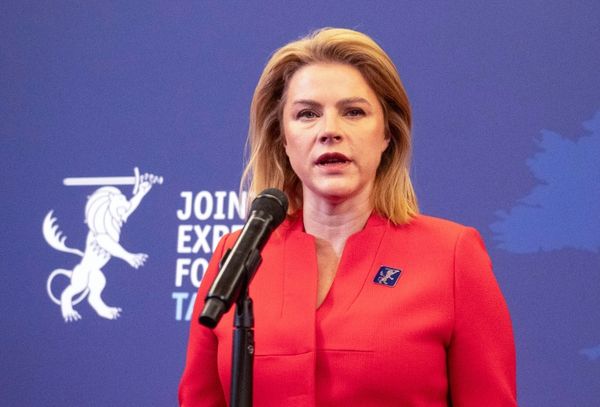
For the Observer Magazine of 14 February 1993, David Spittles met the photographer Lewis Morley (‘The man who shot the Sixties’). ‘Morley was not famous in the 60s and he is not famous now,’ wrote Spittles, ‘living in relative obscurity in a modest house in Sydney. Yet possibly more than any other photographer, he captured the spirit of the time.’
Morley became the photographer of the 60s satire boom and met streams of models, pop stars, actors and artists at Peter Cook and Nick Luard’s Establishment Club in Soho. His pictures were not merely an album of the decade, they were ‘a poetic chronicle of the age’. His was the irreverent world of That Was The Week That Was, of the ‘fringe’, Private Eye, pop culture and street protest.
There’s a moody shot of Cook and the rest of the Beyond the Fringe cast under one of Brighton’s piers looking more like a band than revue performers, and a picture of John Cleese with Connie Booth sticking their tongues out at each other, half erotic, half joking.
It was the Private Eye connection that led to perhaps the most iconic (certainly the most copied) 60s shot of all – a naked Christine Keeler astride an Arne Jacobsen chair. The first time Morley was paid for that photograph was 29 years later when someone bought it at Sotheby’s.
But he became jaded after the end of the 60s when ‘the angry young men had tasted success and the leanness had been replaced by a visible layer of flab’. He moved to Australia where he shifted to colour photography and interiors.
‘I may be technically better today than I was 30 years ago, but I am not necessarily a better photographer,’ he told Spittles, modestly. ‘I may have lost the spontaneity, the intuition, the vitality and the rawness.’
Photography, he said, should be about truth. ‘The people who liked my work least were the sitters. I never flattered them, but hopefully the photographs had life in them.’







